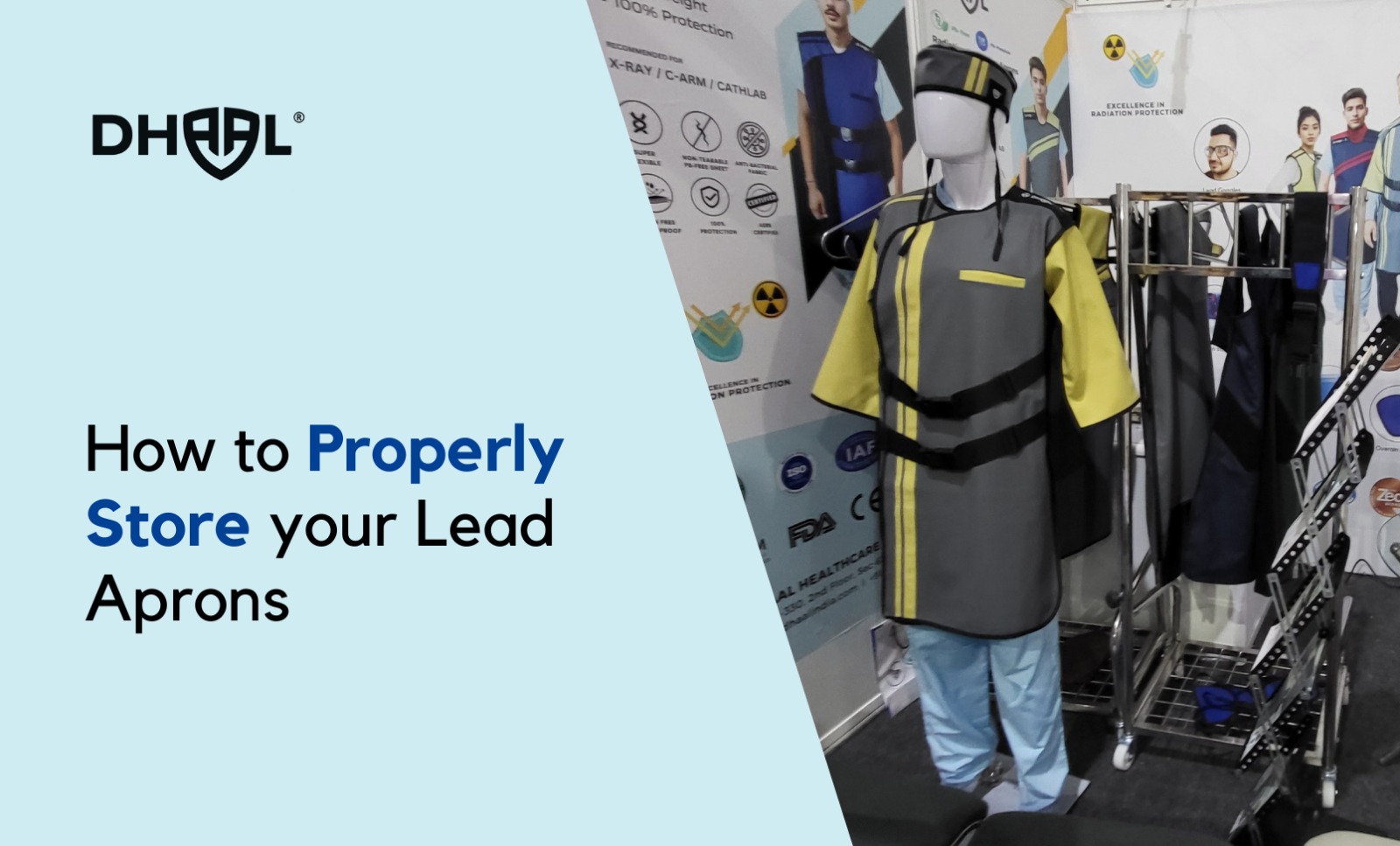
Both vinyl and rubber aprons are commonly used in the medical field as personal protective equipment (PPE) to protect workers from ionizing radiation exposure during medical procedures. However, there are some differences between the two materials, and the choice of material may depend on the specific needs of the worker and the procedure being performed.
Here are some advantages of using a vinyl apron over a conventional rubber apron:
1. Lighter weight: Vinyl aprons are generally lighter weight than rubber aprons, which may make them more comfortable to wear for longer periods of time.
2. More flexible: Vinyl is a more flexible material than rubber, which may make it easier for workers to move around and perform their job duties.
3. Lower cost: Vinyl aprons are more expensive than rubber aprons, but since the life of vinyl aprons is much higher, it makes them a more cost-effective option for healthcare facilities in the long run.
4. Crack Free : Rubber Lead Aprons are more prone to getting cracks as the rubber tends to get hard. Vinyl on the other hand is much more flexible and doesn’t develop cracks easily.
5. Easier to clean: Vinyl is a non-porous material, which means that it is less likely to absorb fluids and is easier to clean and sanitize than rubber.
6. Latex-free: Some workers may have latex allergies, and vinyl aprons are latex-free, which makes them a suitable alternative.
It’s important to note that while vinyl aprons may have these advantages, they may not provide the same level of radiation protection as rubber aprons. When selecting PPE, healthcare facilities should ensure that the apron they choose provides adequate protection for the specific type and level of radiation exposure associated with a particular medical procedure



